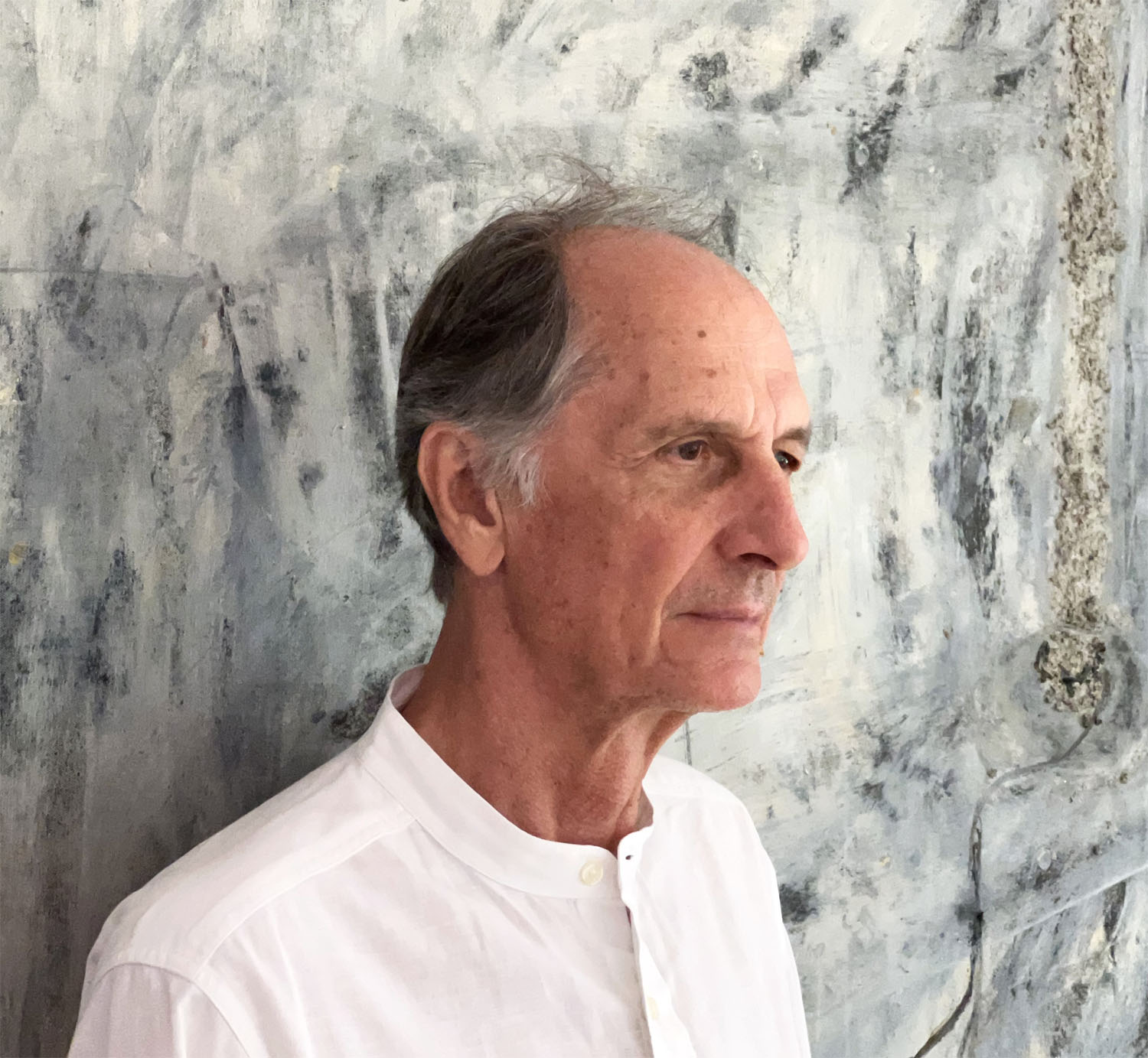
The Plain Wrapper Press Redux Team

ROBERT MAHON began working as a photographer in 1978 making portraits of poets: John Ashbery, Paul Zweig, John Giorno, Denise Levertov, among others. With the publication of These Trees Stand by the Pulitzer Prize-winning poet, W. D. Snodgrass, Mahon related the photographic process itself to the poet’s work with a series of 12 images of the poet, “Snodgrass is walking through the universe.” Mahon continued making conceptual portraits with a 216-image series of the composer and writer John Cage by using chance processes.
John Cage: A Portrait Series became the inaugural artwork exhibited by Anne d’Harnoncourt in the Director’s Gallery of the Philadelphia Museum of Art in 1982 and was later acquired by the museum. Mahon’s work has been exhibited widely including at the Whitney Museum of American Art, the American Center in Paris, the Kolnischer Kunstverein, The Art Institute of Chicago, and Guggenheim Soho.
A recipient of the Guggenheim fellowship, Mahon has contributed to the dialogue on chance processes in photography and conceptual portraiture with many significant projects such as Autopsy Series, Glimpses of Satya Yuga, and Merce Cunningham at 88. Two Children and Liberty Series are in the Permanent Collection of The Museum of Modern Art, NY. A portrait of the research pathologist, David Birk, from Autopsy Series is in the collection of The Center for Creative Photography in Arizona. Bathers, 80 photographs from an inherited negative, “making something new from what already exists,” is in the collection of the Princeton University Art Museum. Mahon’s work is also in the collections of The Metropolitan Museum of Art, New Jersey State Museum, New York Public Library, and Harvard University Museums.
Mahon writes about his work, “Through chance the possibilities of photography are expanded beyond the limits of individual bias. The work is experimental; the resulting images become a discovery. Any moment and any place is as good as another for the making of a photograph.”
An Interview with Robert Mahon is available at SHIVERS UP THE SPINE.